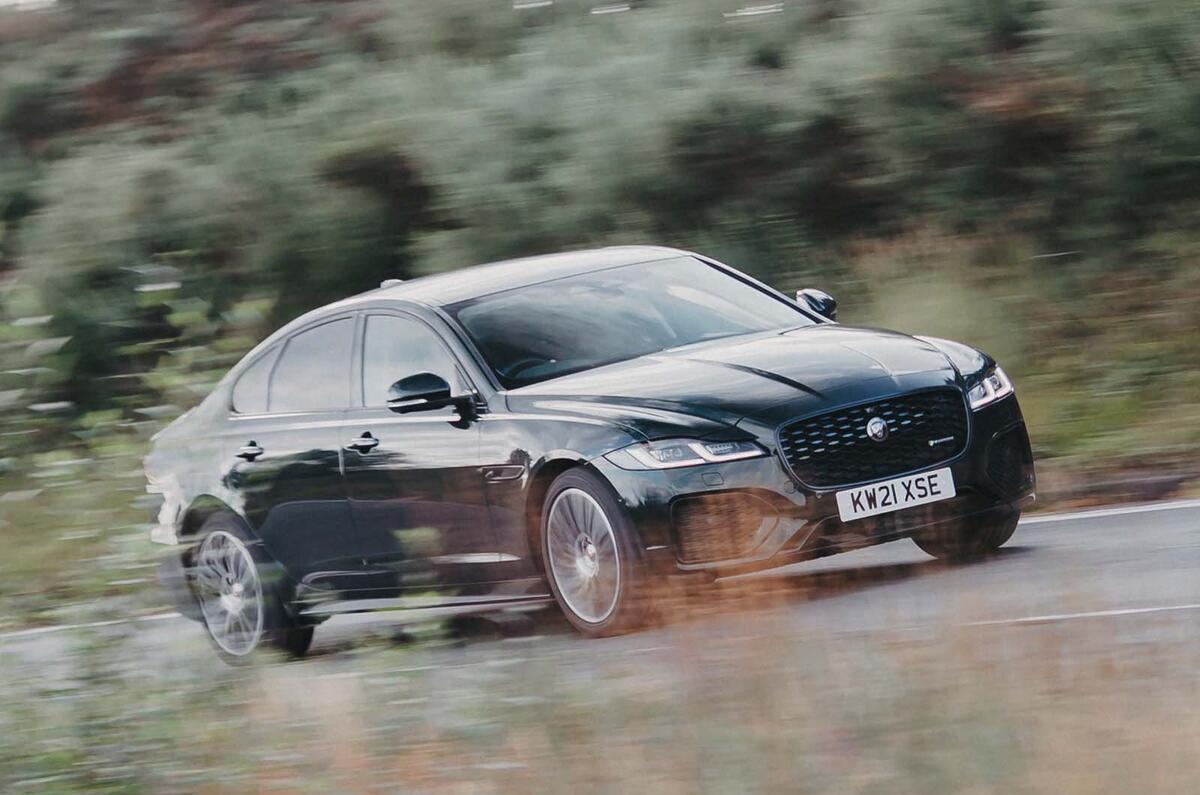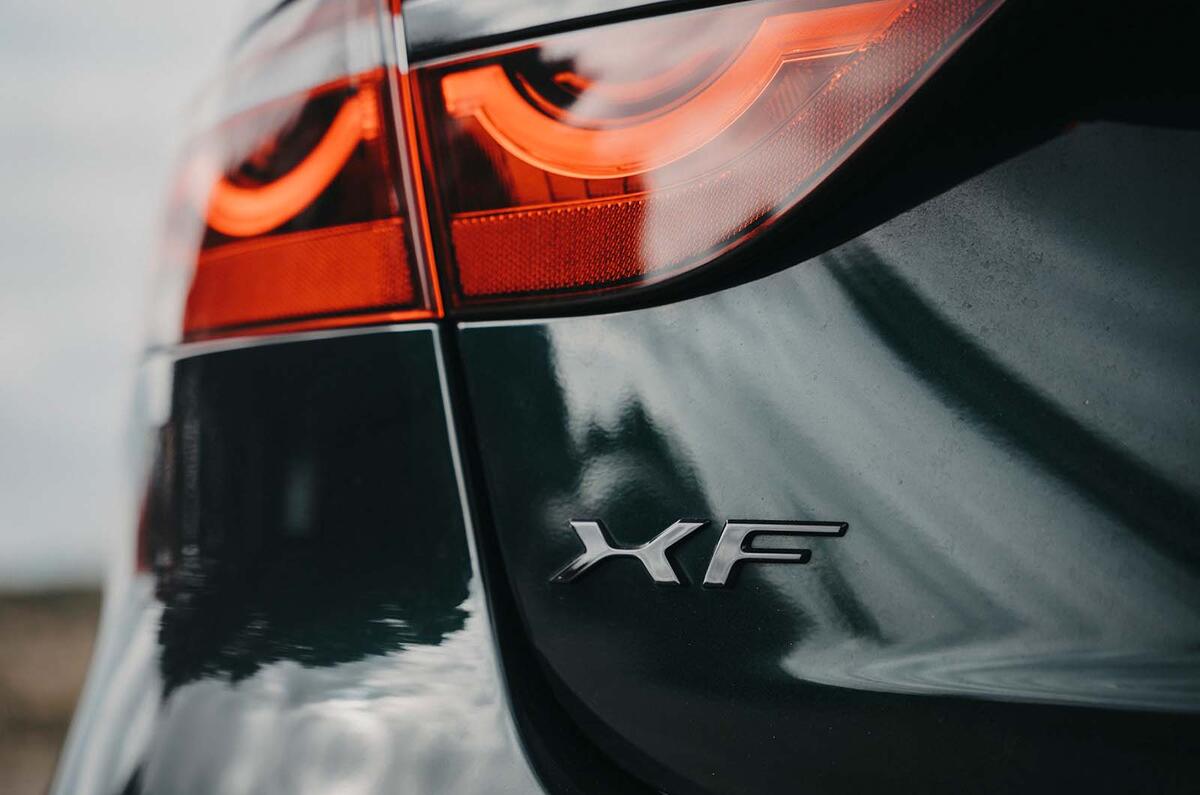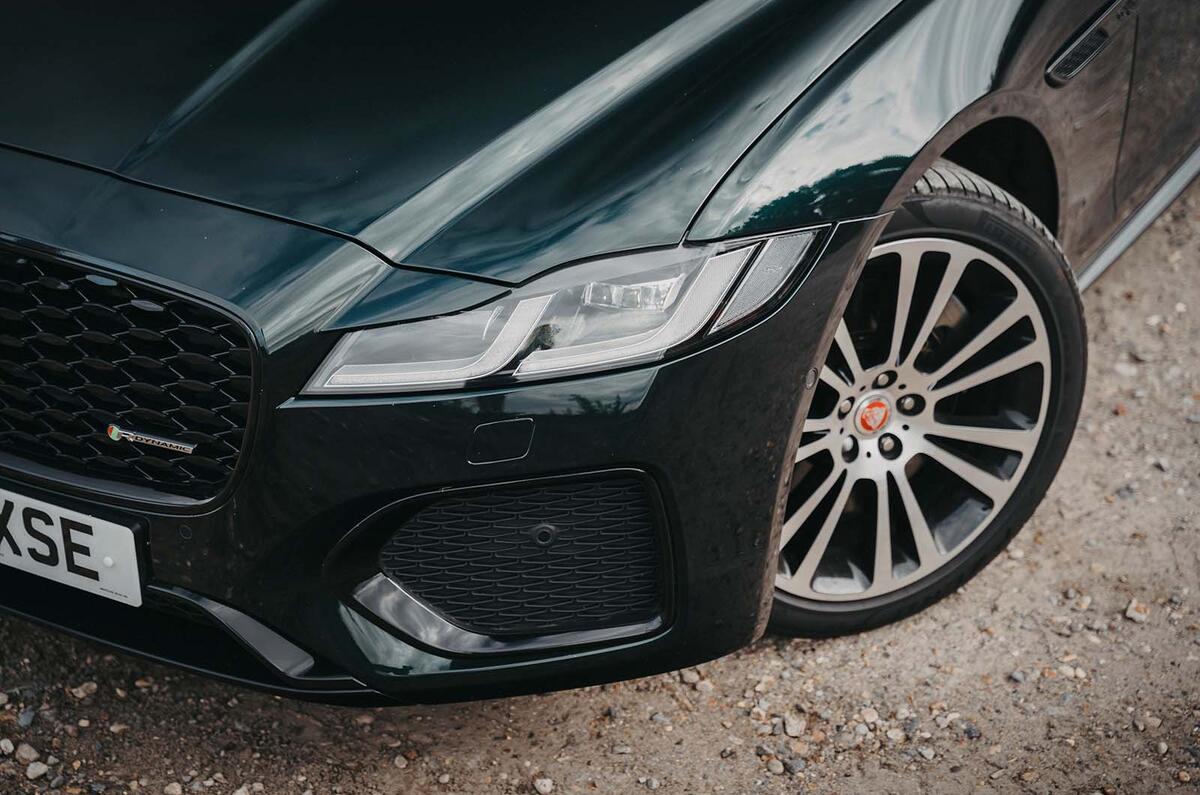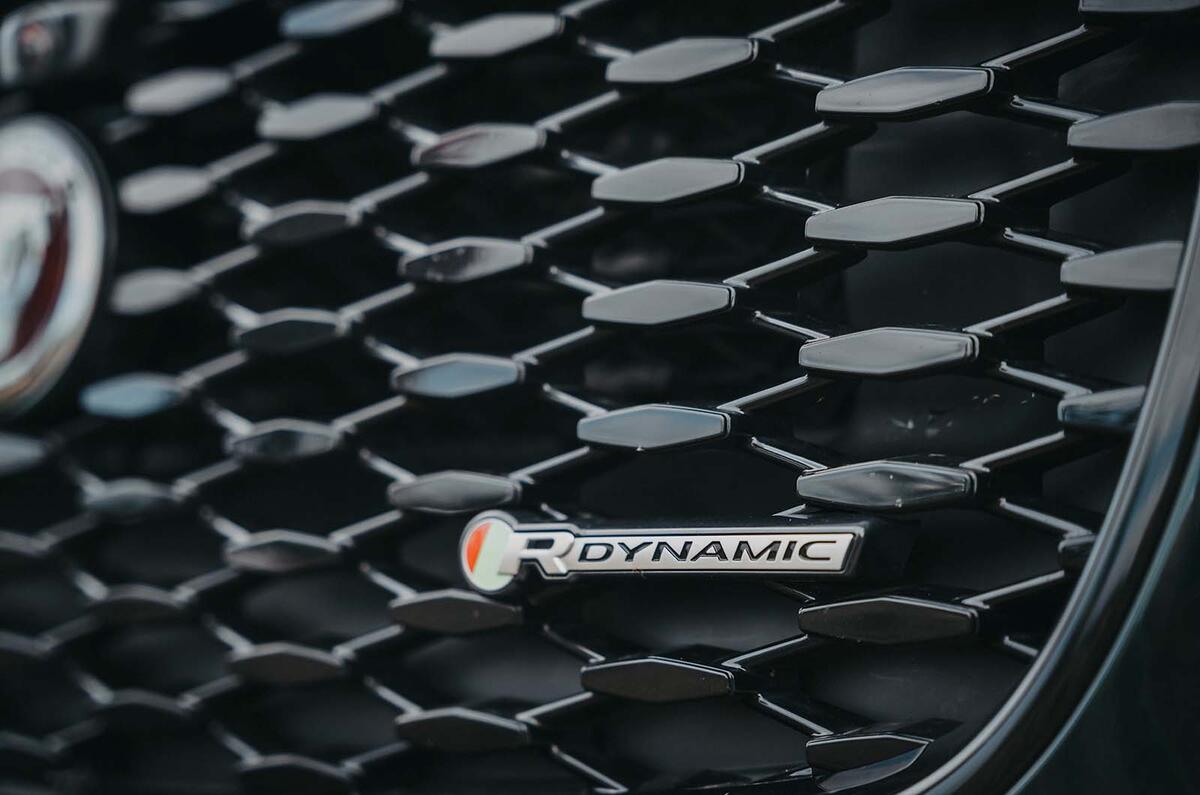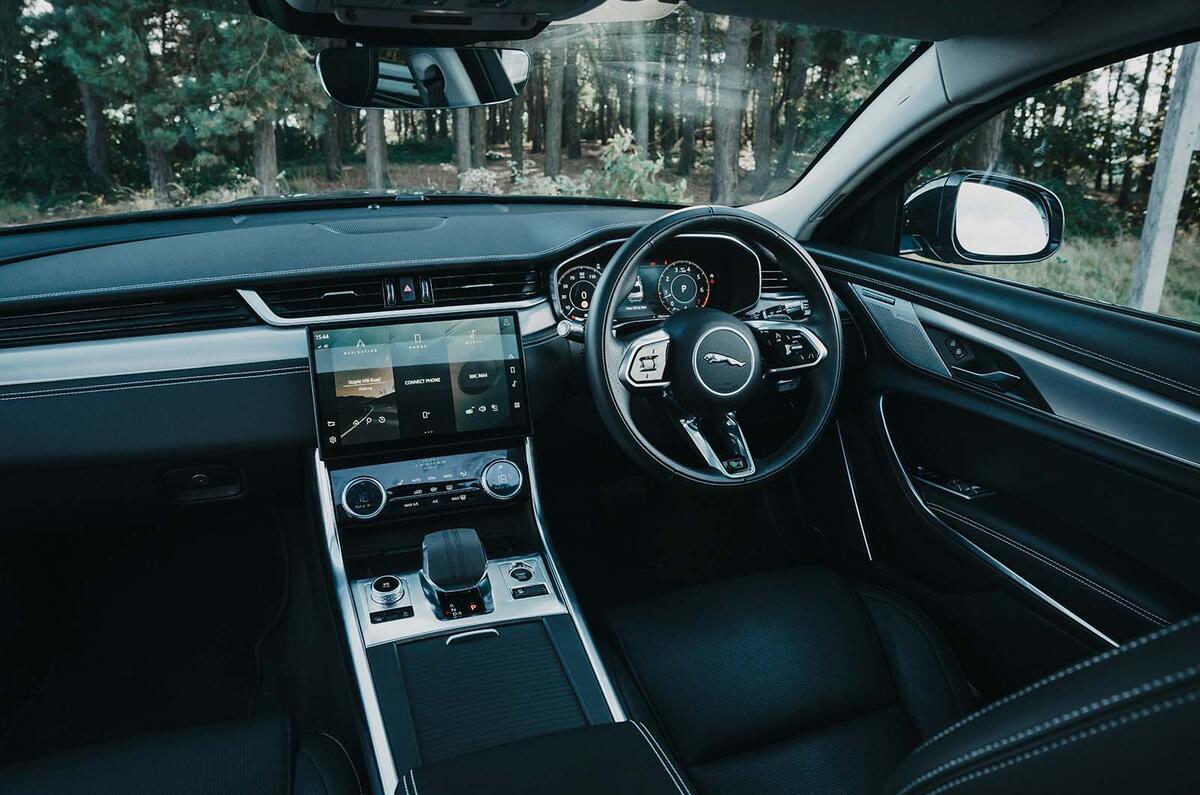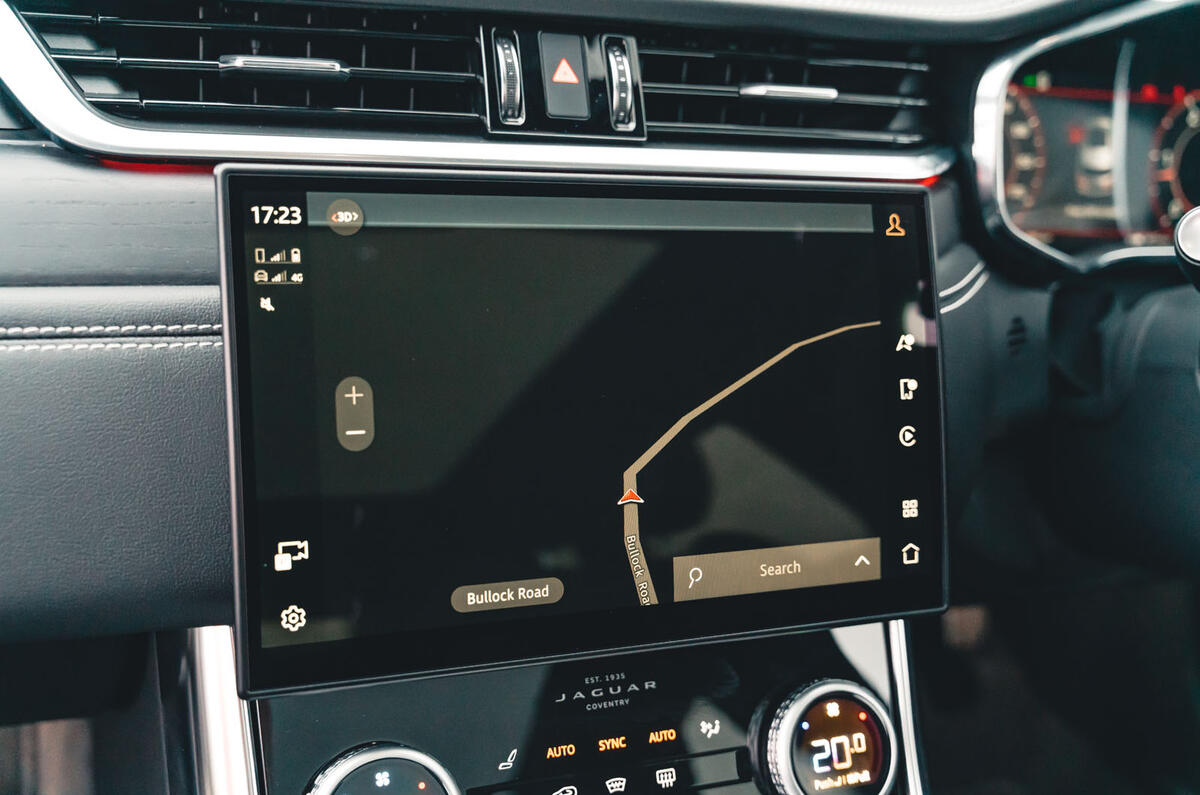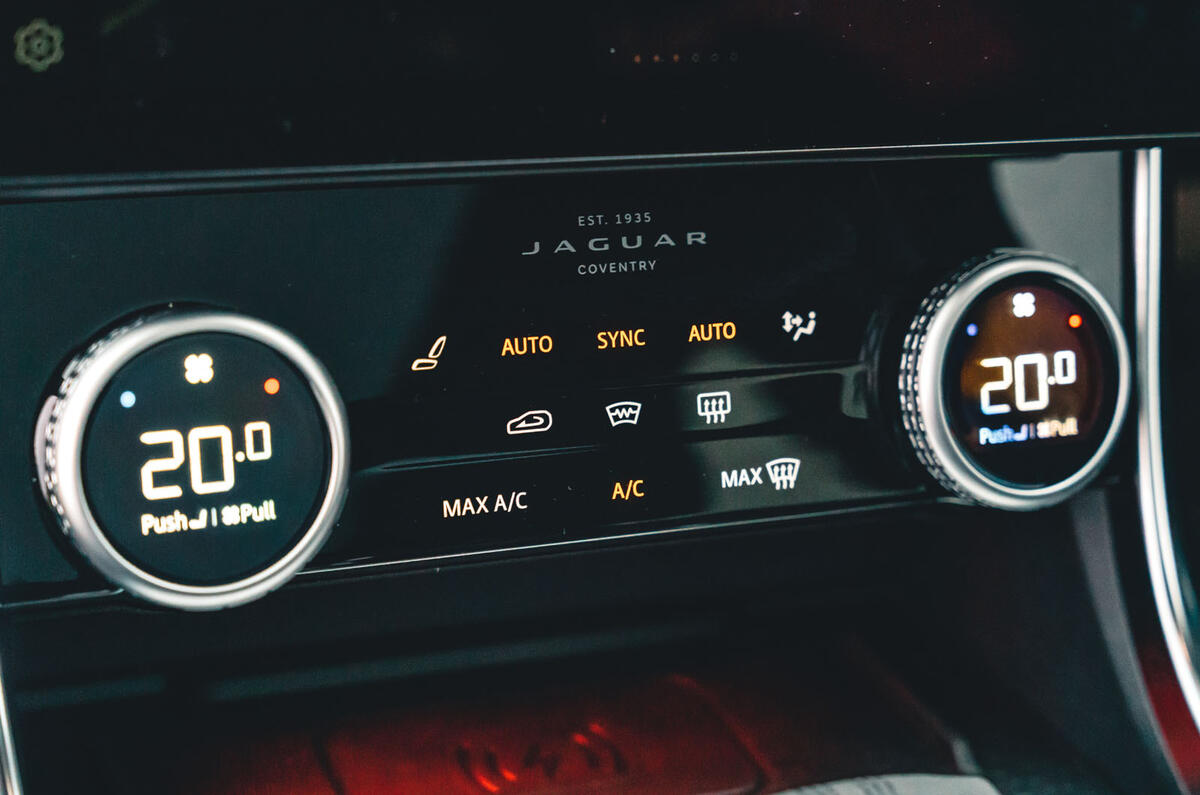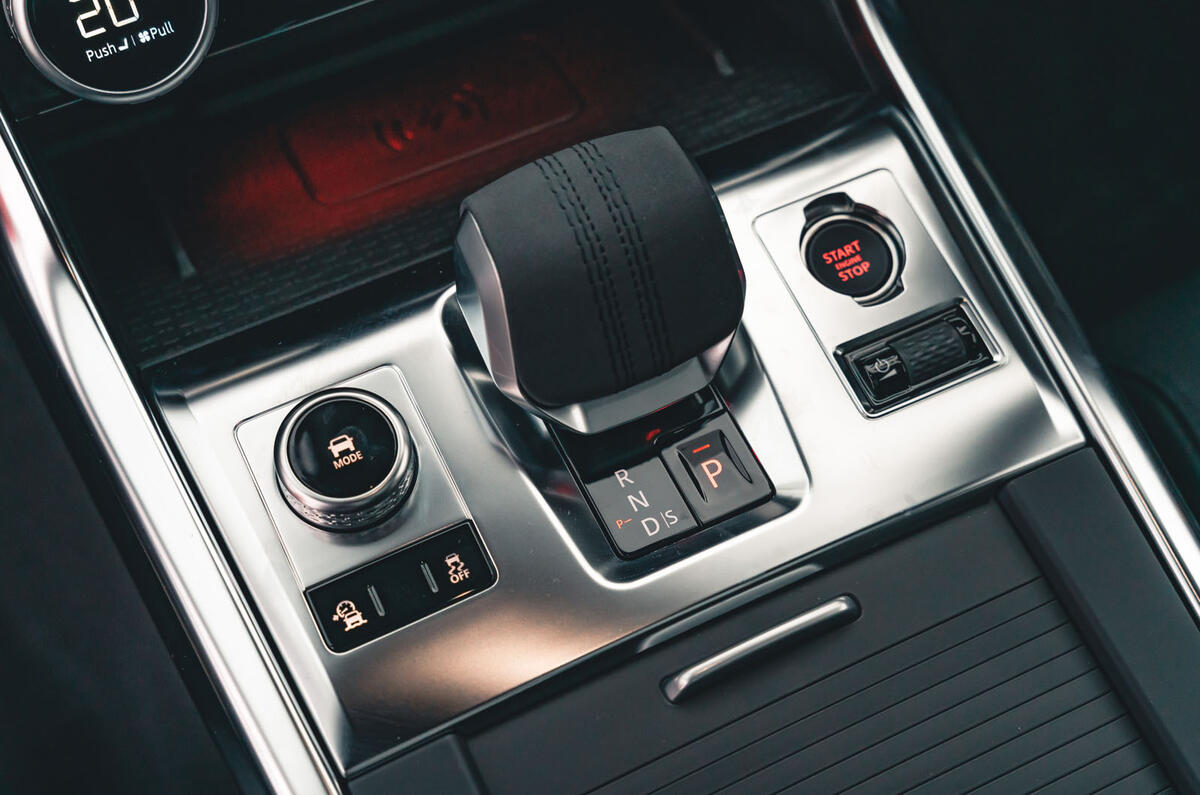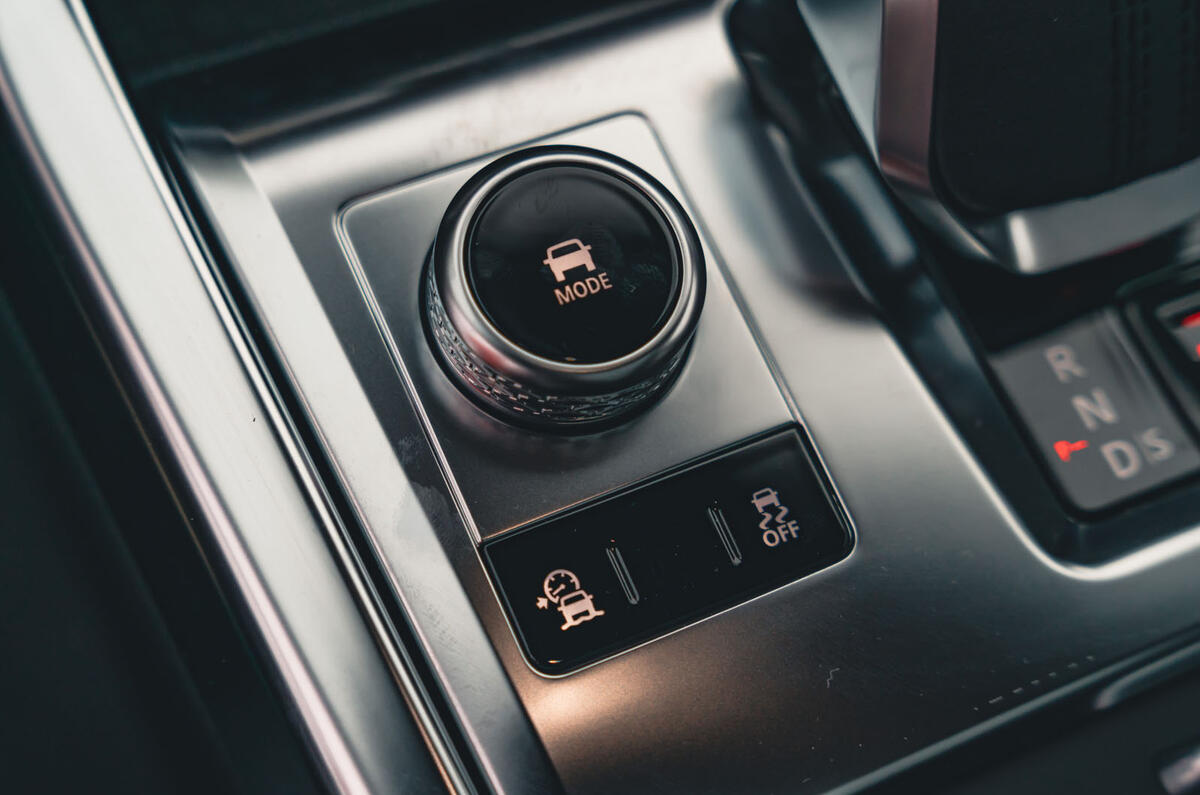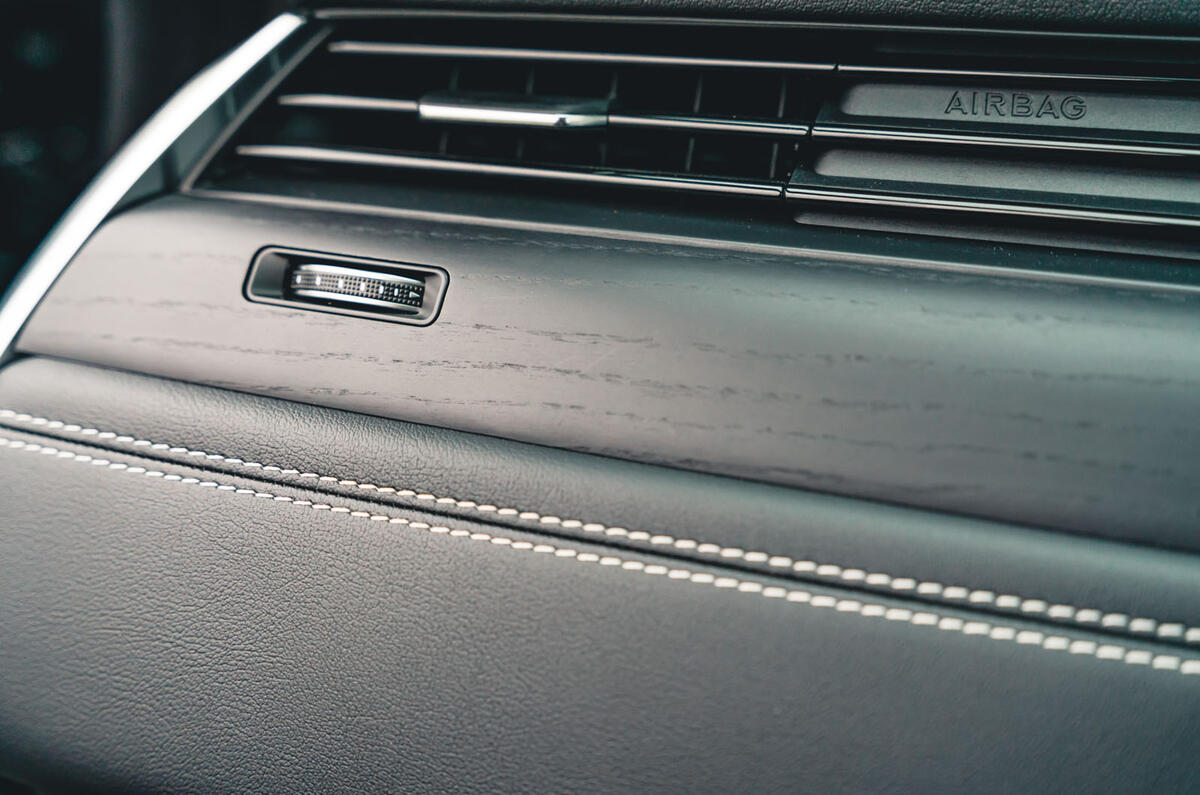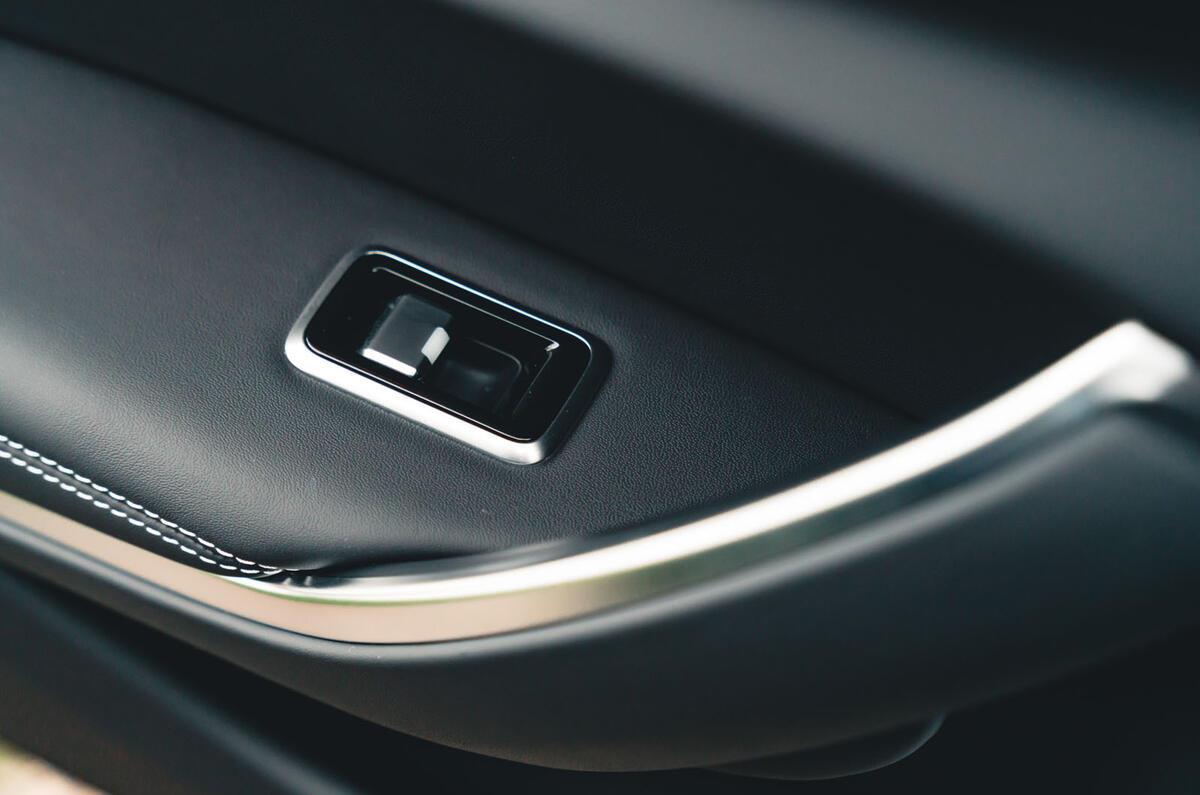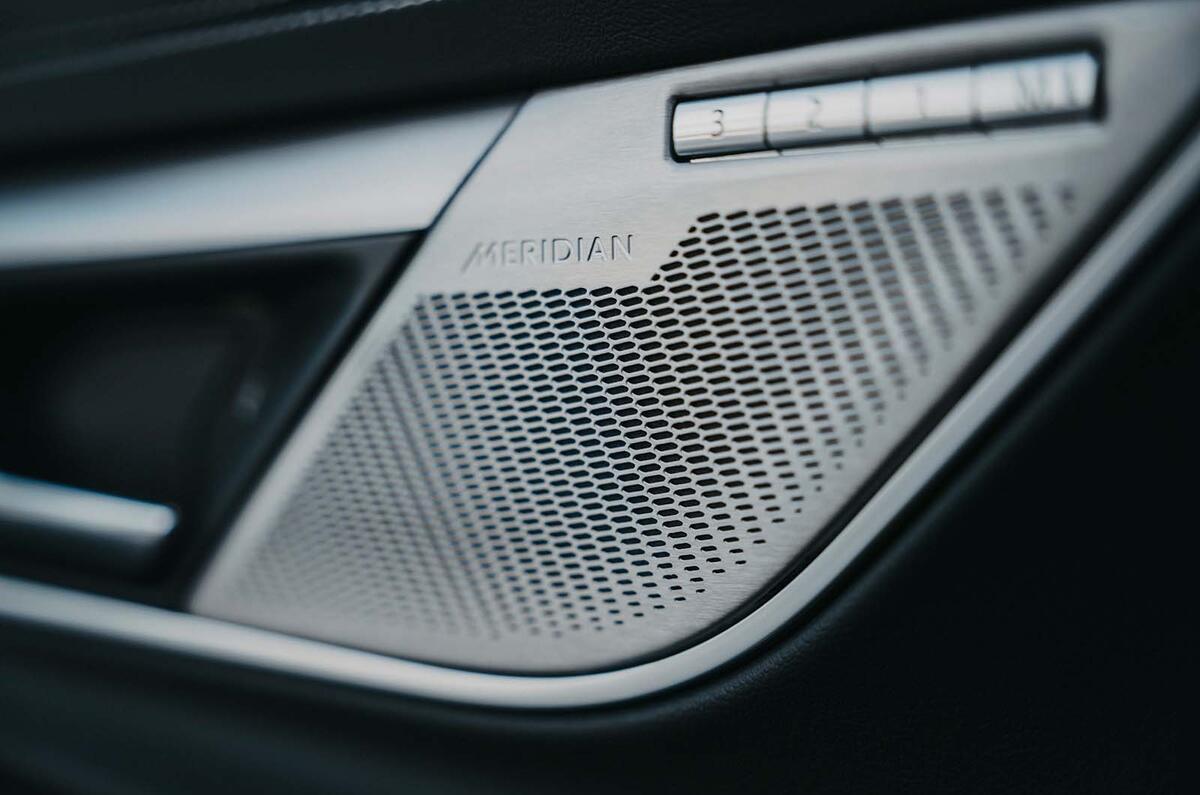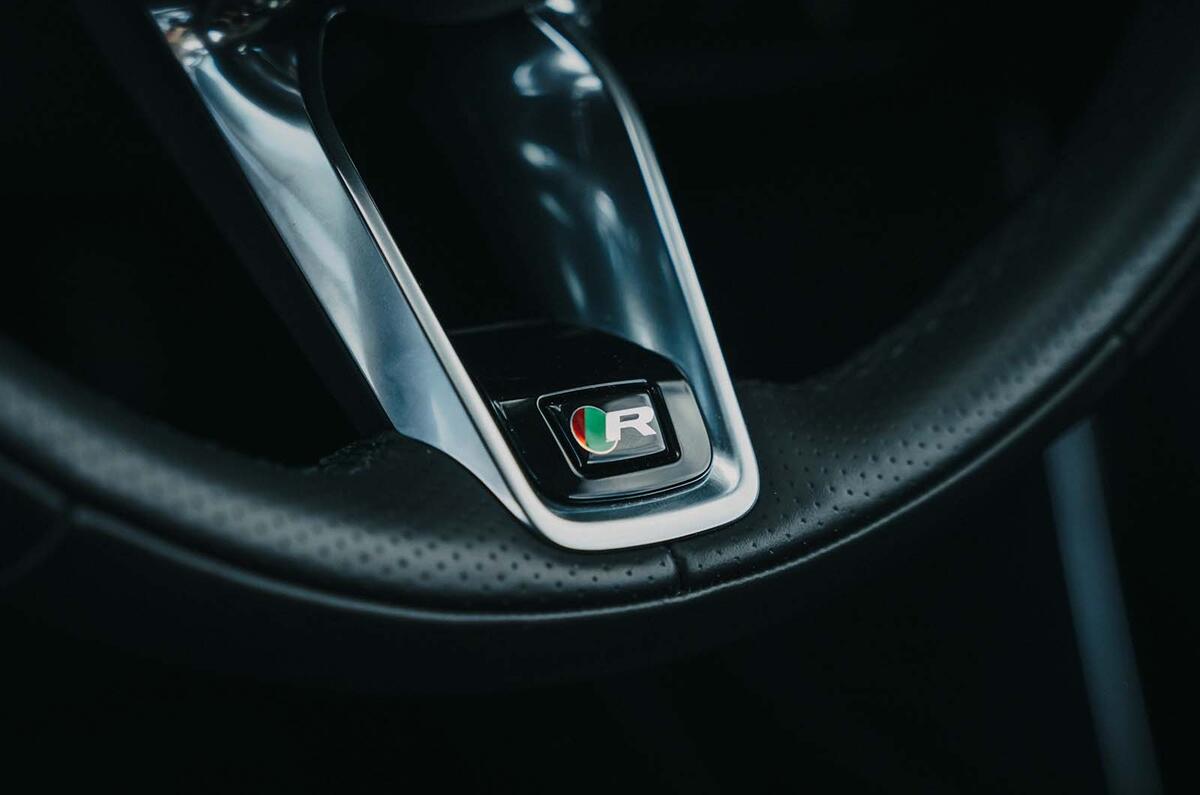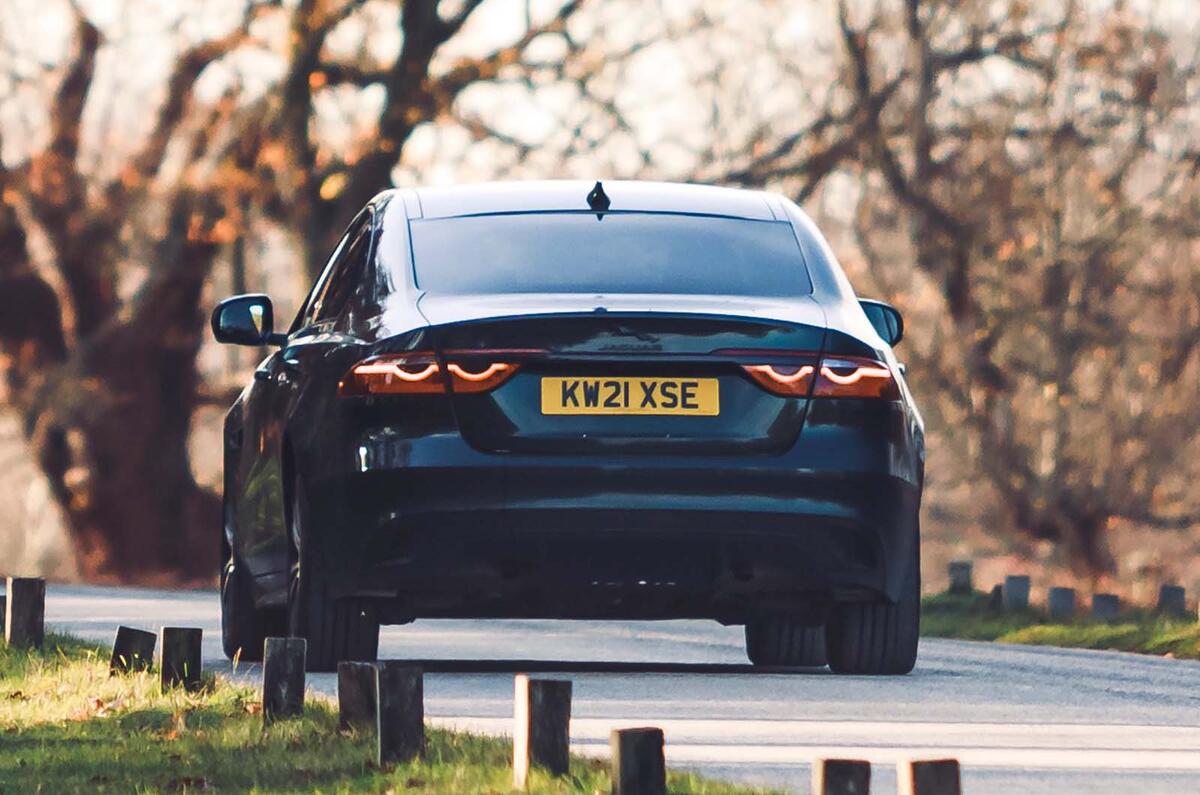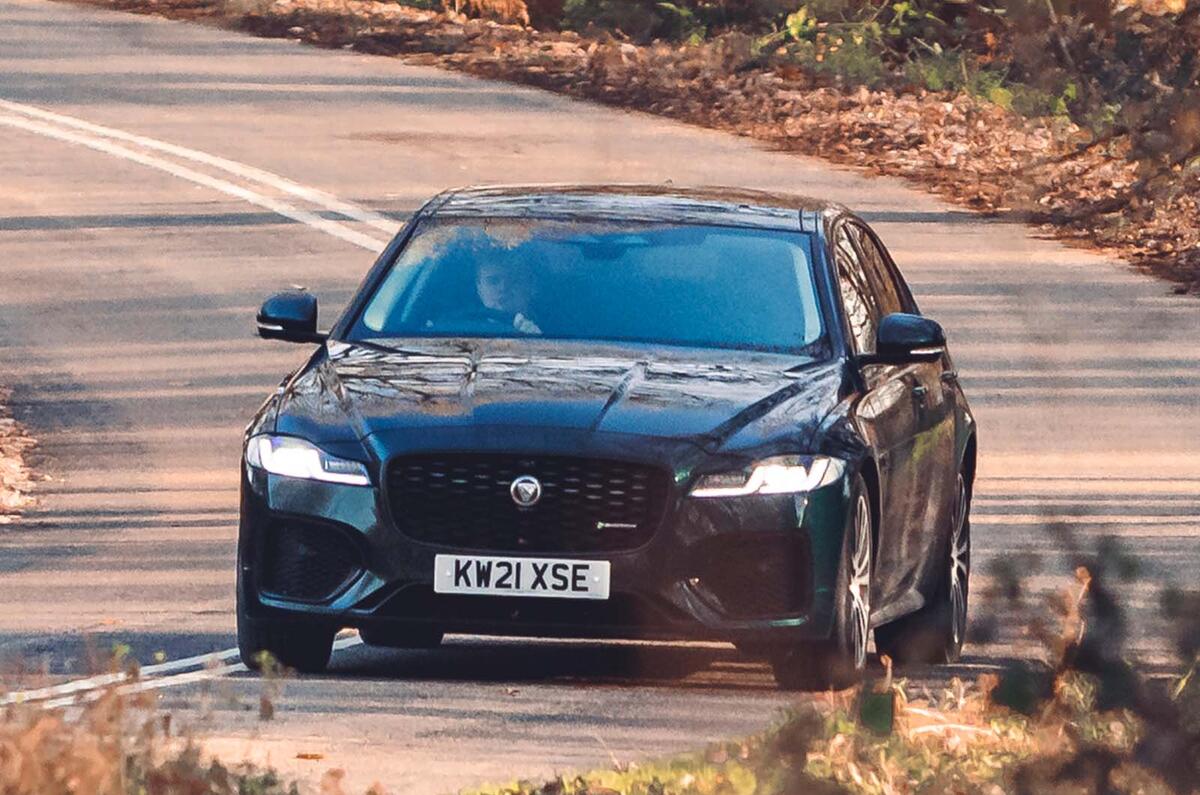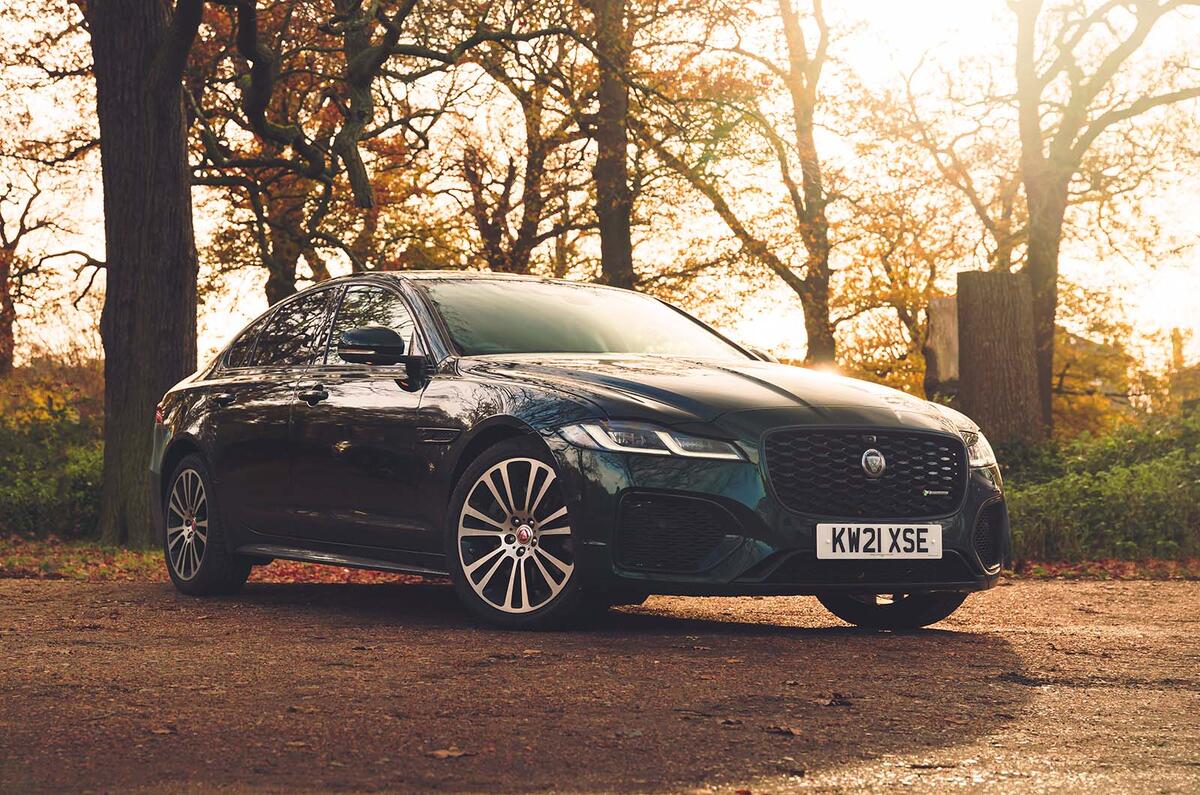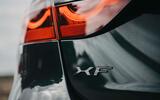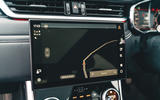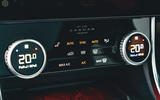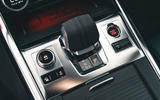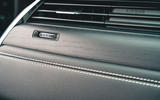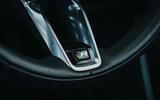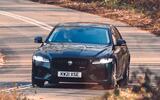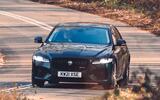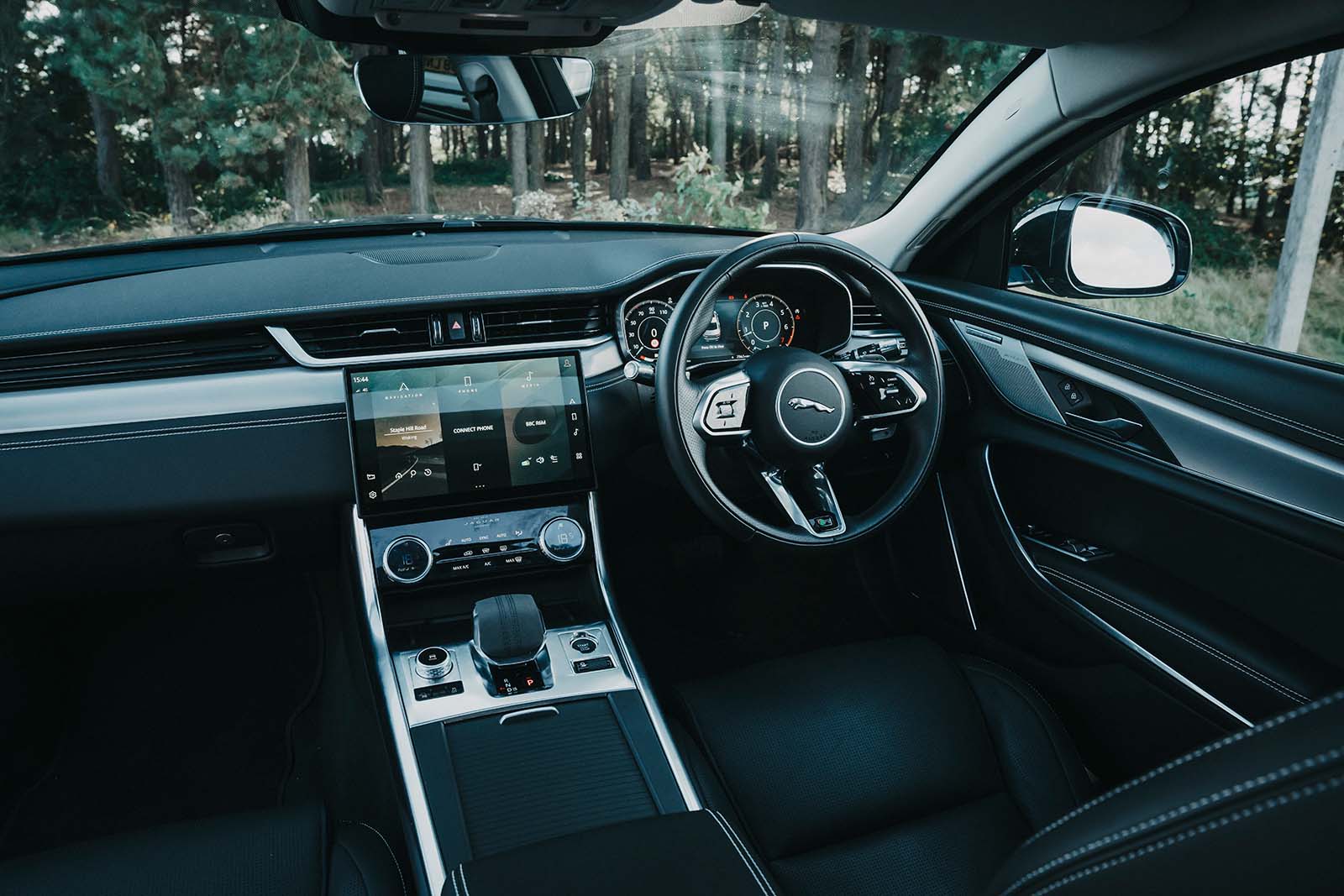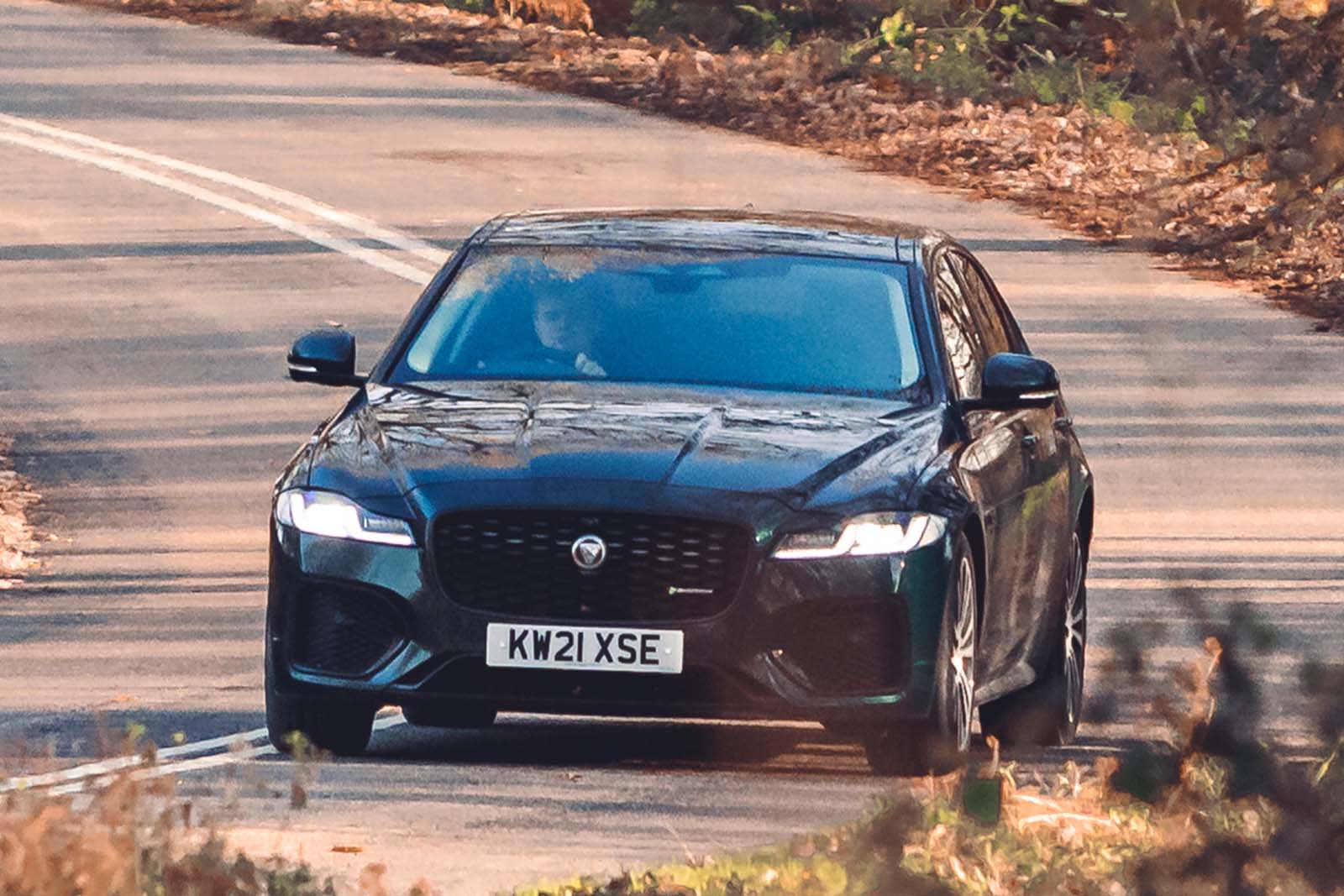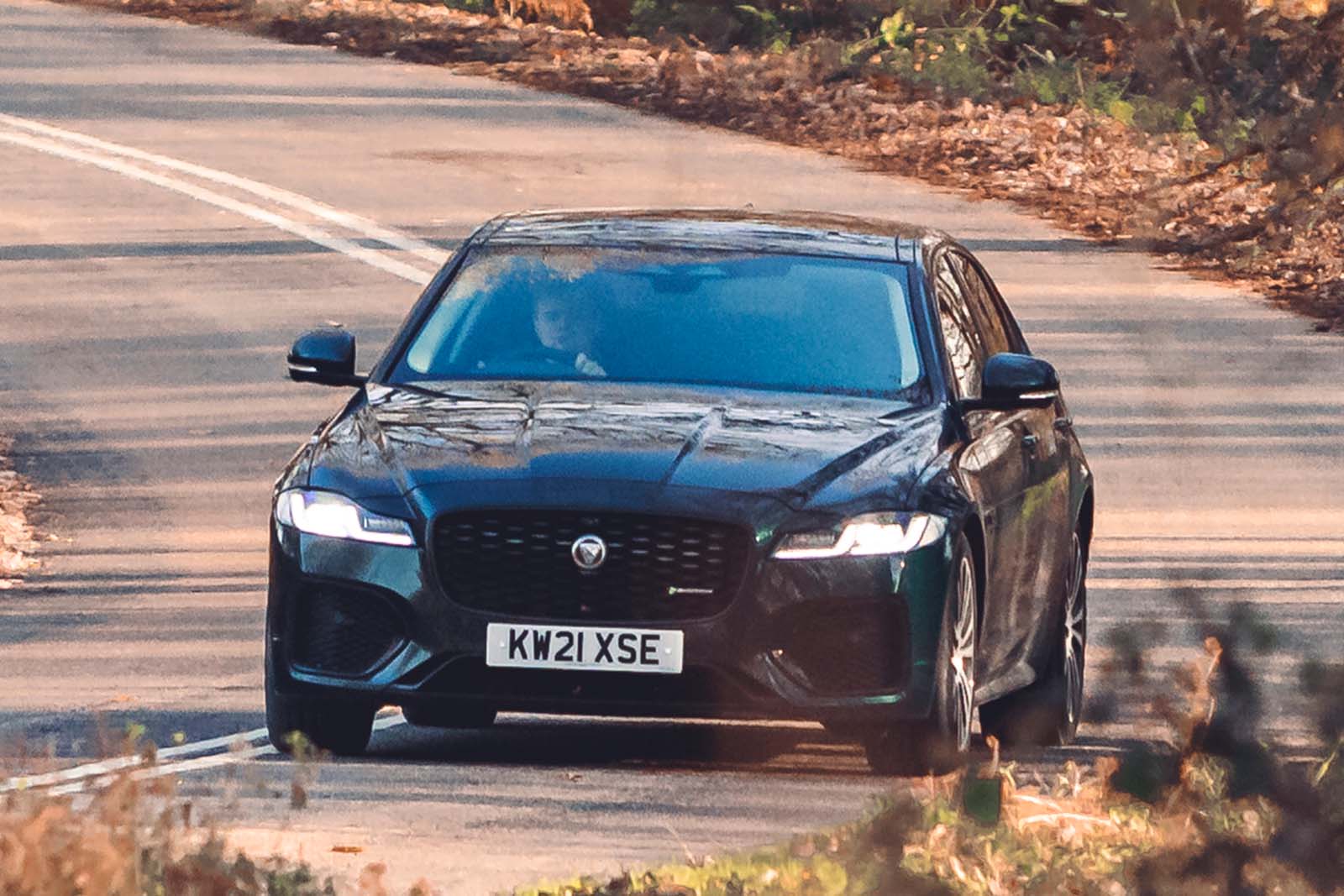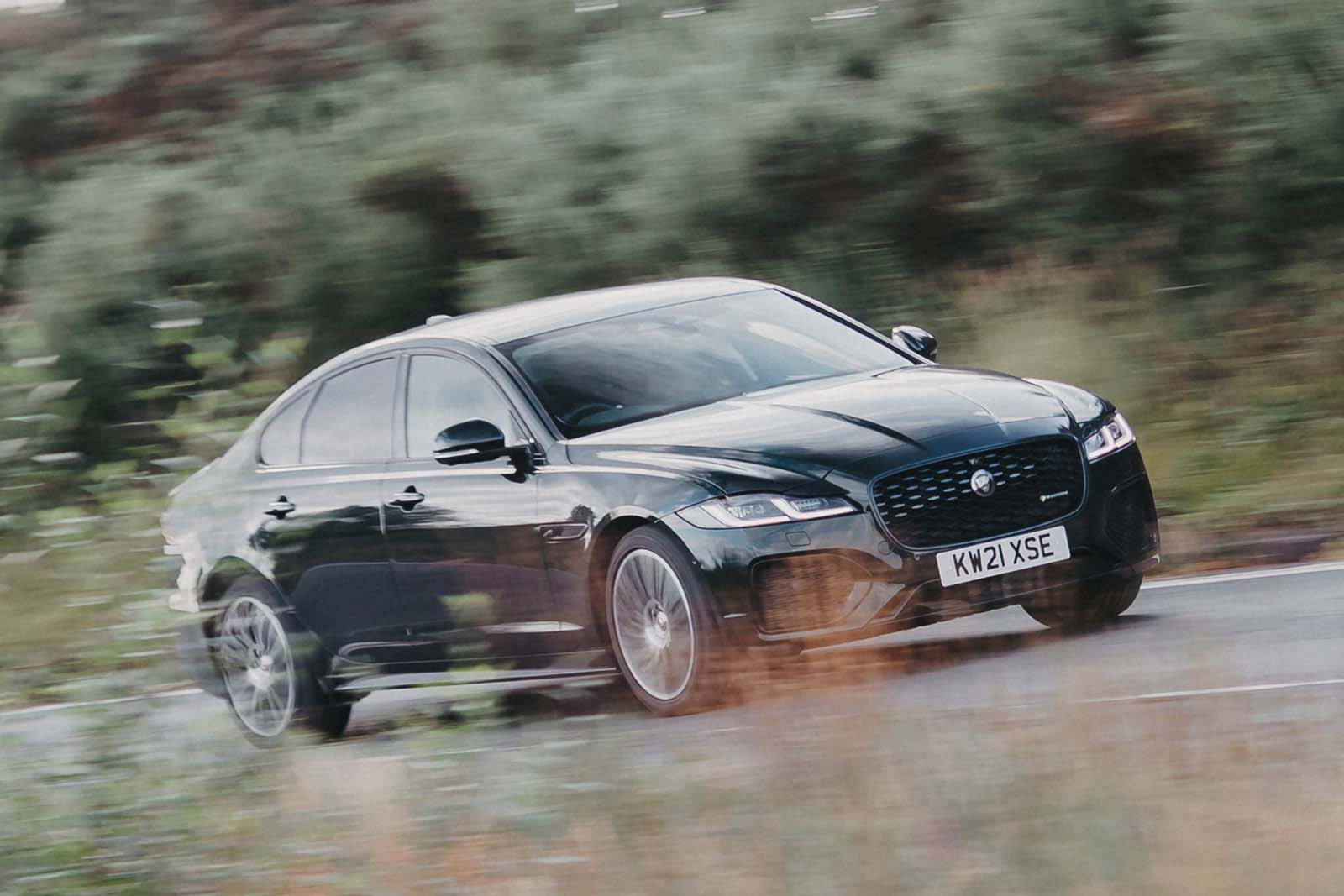"A more mature all-round prospect, with class-leading dynamics.” That’s how we described the brilliant second-gen Jaguar XF when we first drove it 10 years ago.
Jaguar axed its mid-size saloon and estate last year and embarked on an exuberant rebrand that only those living in Antarctica will have missed. In the meantime, prices for the XF have tumbled, and now you can bag this swish, left-field 5 Series alternative for as little as £4000.
Of course, the cheapest XFs are leggy examples showing clear signs of hard use, but with a healthier budget of about £9000 you will easily find a well-maintained XF with a more palatable mileage. And that’s still a bargain for a smart-looking executive car that’s pleasant to ride around in and excellent to drive.
Ditching its predecessor’s outdated Ford platform, the Mk2 XF is based around an aluminium-rich structure that’s both lighter and stronger. This well-conceived chassis, coupled with the XF’s weighty, intuitive steering, makes it a treat to thread down a B-road, offering plenty of rear-drive engagement.
Yet it remains a comfortable cruiser, ironing out road irregularities with aplomb and cosseting passengers in an upmarket cabin.
It’s not quite up to Audi A6 standards, but perceived quality is good. The ambience is enhanced by neat tricks like blue ambient lighting, and the second-gen car’s longer wheelbase means there’s more head and leg room in the back.
The saloon also has a 540-litre boot, which trumps its BMW and Audi rivals, while the Sportbrake estate swallows 565 litres.




